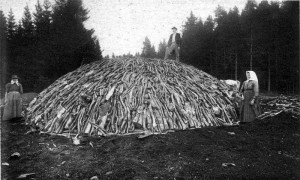 As I wrote Dark Triumph, I wanted to be sure and populate the book with some of the colorful characters from the Middle Ages that I had come across in my research, and yet it had to feel organic to the story and not wedged in there.
As I wrote Dark Triumph, I wanted to be sure and populate the book with some of the colorful characters from the Middle Ages that I had come across in my research, and yet it had to feel organic to the story and not wedged in there.
As Sybella and the wounded knight were racing through the countryside, trying to escape pursuit, I had to do some serious thinking as to who they would actually run in to, and of those people, who would help, who would hinder, and who would turn them in in a heartbeat for a reward. Since they would need to slip into the forest to evade capture, I decided to draw from those who lived in the forests or obtained their livelihood from the woods, and settled upon a group of charcoal burners.
Oddly, it is often the outcasts in society who are most accepting of other outcasts. Their very disenfranchisement sometimes makes them more willing to challenge the status quo or thumb their nose at rigid authority. While charcoal burners were not (probably) true outcasts, they did keep to themselves somewhat, confined by their livelihood to dwelling in forests and tending their charcoal fires rather than living in cities or villages.
In the middle ages, one of the most efficient fuels at the time was charcoal. Coal itself was rare and difficult to mine with their technology, but charcoal could be made through the slow burning of wood, then stopping the process before the wood was fully burned to ash. Charcoal burning was a tricky thing, requiring fairly esoteric knowledge of how to build the fire pits just so, how to pile the wood so it wouldn’t burn too quickly, and how to read the smoke to discern when the charcoal was ready. There were a number of occupational hazards, primarily involving collapsed fire pits and burns. It was also an occupation full of hazard, for a stray spark or ember could start a conflagration in minutes.
As I continued to research charcoal burners, I came across a curious mention of the Carbonnari, a branch of Italian charcoal burners. They started off as a guild, as many medieval trades did, and developed into an organization or brotherhood similar to Freemansons, only with their charcoal burning trade being at the center of their rituals and organizations. While their organization and political involvement was most evident in 19th century Italy, it is believed the groups’ origins began in the middle ages. When I learned they had a French counterpart called the Charbonnerie, I knew I’d found my outcasts.
As a writer, a dozen questions immediately went off in my mind. Who were they? What would compel them to become political and engage themselves in the affairs of the kingdom? How would they make those decisions? And, most importantly in a world populated with patron saints, whom would they worship?
Any deviation from normal church doctrine in the middle ages was rigorously opposed, so it made sense to me that they would worship someone not approved by the church, one of the older gods who’d not make the transition to patron saint.
Dovetailing nicely with this was my personal fascination with the concept of the Black Madonna. There are various theories for the origin of the Black Madonna, whether it was simply the color of Jesus and Mary’s skin before Renaissance artists reimagined them as fair skinned and blonde, or an origin that spoke to possible African roots. There is some speculation that the huge popularity of the cult of the Virgin Mary in the middle ages was a redirecting of earlier earth/mother goddess worship.
But interestingly, over the years I’d also run into mentions of the Black Artemis, rumored to have been worshipped by the Amazons, or Black Demeter, the aspect of the earth goddess when she was in deep mourning for her daughter Persephone. I took all those threads and swirled them around until I had the Dark Matrona, the unsanctioned aspect of Dea Matrona, the former earth goddess now patron saint. I decided that her darkness would be of a more spiritual nature, not unlike the Egyptian god Osiris, for in the Egyptian pantheon, black was not only the color of the underworld, but regeneration as the rich dark silt from the Nile river allowed them to grow their crops each year, and so black was also the color of regeneration, which dovetailed nicely with the book’s themes of finding hope in the darkness.

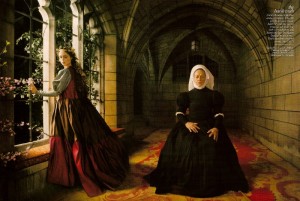
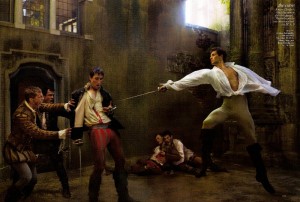
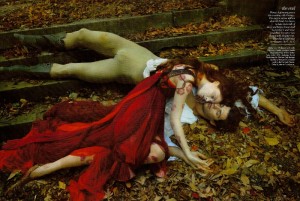
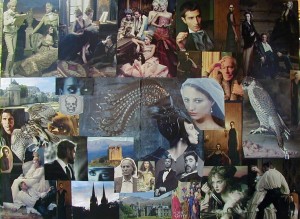
 Welcome. I'm Robin LaFevers.
Welcome. I'm Robin LaFevers.